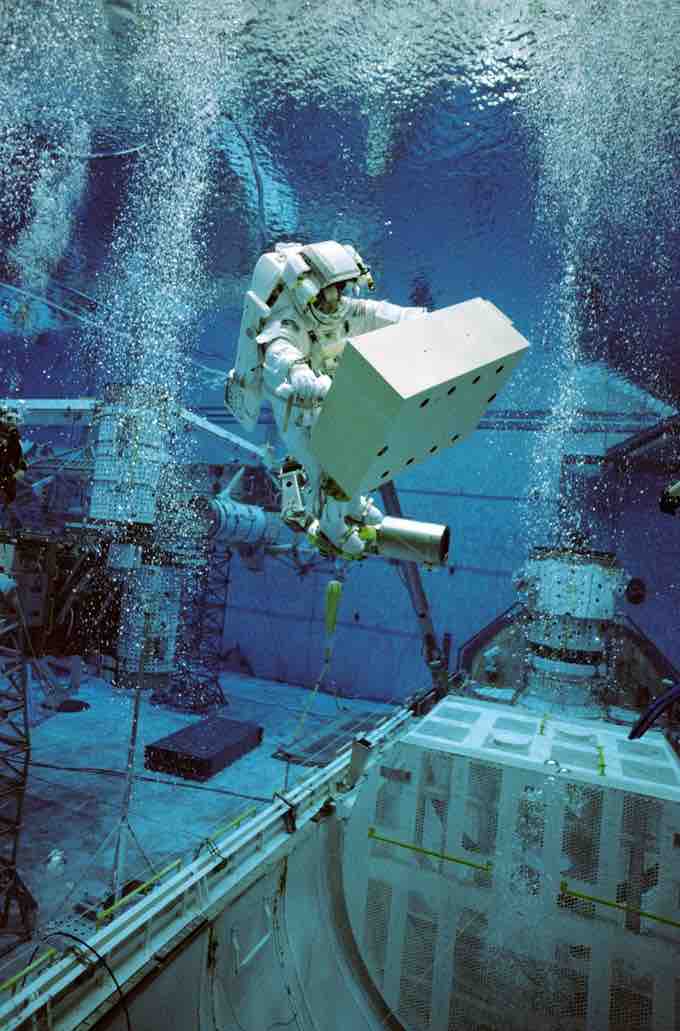Employee development helps organizations succeed through helping employees grow. Human resource development consists of training, organization, and career-development efforts to improve individual, group, and organizational effectiveness.
Development Stakeholders
There are several categories of stakeholders that are helpful in understanding employee development: sponsors, managers and supervisors, participants, and facilitators. The sponsors of employee development are senior managers. Senior management invests in employees in a top-down manner, hoping to develop talent internally to reduce turnover, increase efficiency, and acquire human resource value. Line managers or direct supervisors are responsible for coaching employees and for employee performance and are therefore much more directly involved in the actual process. The participants are the people who actually go through the employee development, and also benefit significantly from effective development. The facilitators are human resource management staff, who usually hire specialists in a given field to provide hands-on instruction.
Each of these stakeholder groups has its own agendas and motivations, which can cause conflict with the agendas and motivations of other stakeholder groups. Human resource professionals should focus on aligning the interests of every stakeholder in the development process to capture mutual value.

An astronaut in training.
An Example of Training
Talent Development
Talent development refers to an organization's ability to align strategic training and career opportunities for employees. Talent development, part of human resource development, is the process of changing an organization, its employees, and its stakeholders, using planned and unplanned learning, in order to achieve and maintain a competitive advantage for the organization.
What this essentially means is that human resources departments, in addition to their other responsibilities of job design, hiring, training, and employee interaction, are also tasked with helping others improve their career opportunities. This process requires investment in growing talent. It is often more economical in the long run to improve on existing employee skill sets, as opposed to investing in new employees. Therefore, talent development is a trade-off by which human resources departments can effectively save money through avoiding the opportunity costs of new employees.